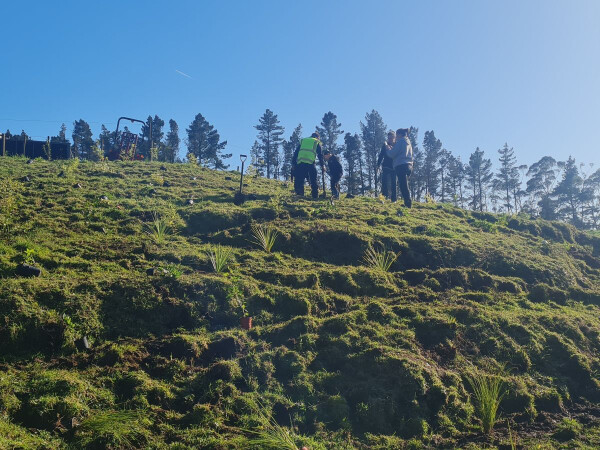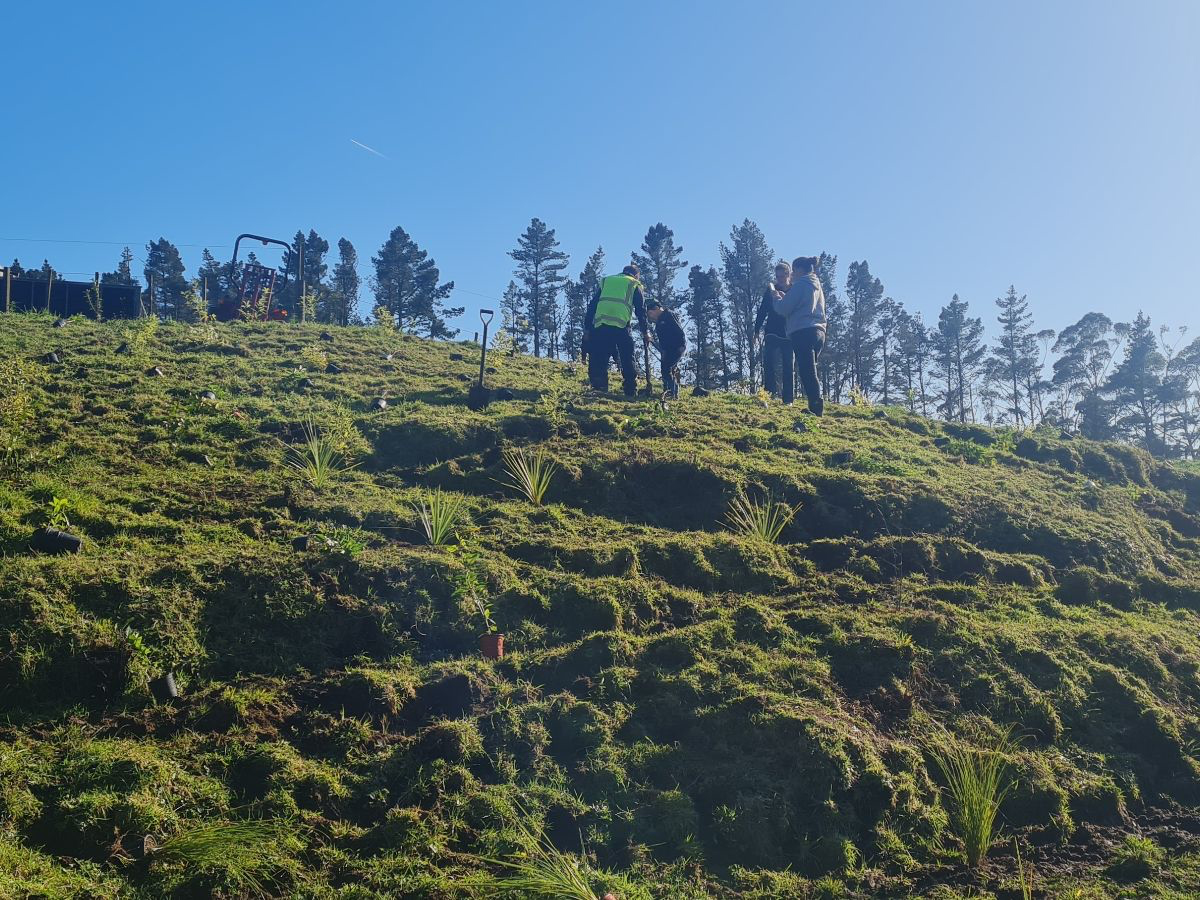PUKERANGIORA URI COMMUNICATION
Safeguarding and sharing stories with enhanced training and communication.
Pukerangiora Hapū, a vital part of Te Atiawa iwi, is diligently pursuing their aspirations in collaboration with their uri (members) and community organisations, to lay strong foundations for future generations.
“We want to make sure that we know what those aspirations are and work alongside our marae and other community organisations for the benefit of our uri. We also look after our whenua, our wāhi tapu whenua and our waterways,” said Ānaru White, Hapū Chairperson.
“The biggest issues and opportunities we have are around capacity, resourcing and communication. While many of our Hapū uri live in Taranaki, a lot of them live around New Zealand and overseas. So, we need to ensure we’ve got clear communication and proficiency around some of the key projects that are coming up,” said White.
A grant of $20k from Toi Foundation assisted with the Pukerangiora Uri Communication Project, which focuses on training and communication skills.
“We also did some training with Hapū members who do monitoring for us. When they’re out on the whenua, they can be aware of why these areas are significant for Hapū and are culturally safe and ensure others are as well. That was a clear message we got from the Hapū: build up people’s knowledge so they can share it with others,” shared White.
Another project is a place-based storytelling project, in partnership with the Department of Conservation (DOC) and the New Plymouth District Council (NPDC), which will show the stories of the historic events at Pukerangiora Pā from the perspective of the hapū. The Uri Communication Project has had a direct impact on people receiving training as well as wider-reaching impact in the community.
“The feedback we’re getting is that those who have attended the training or wānanga are talking to their whānau and friends, sharing their knowledge and our stories. It continues the sustainability within the hapū. We have got a clear direction for the future because these projects they’re not for us, they’re for our tamariki, for our mokopuna.”


